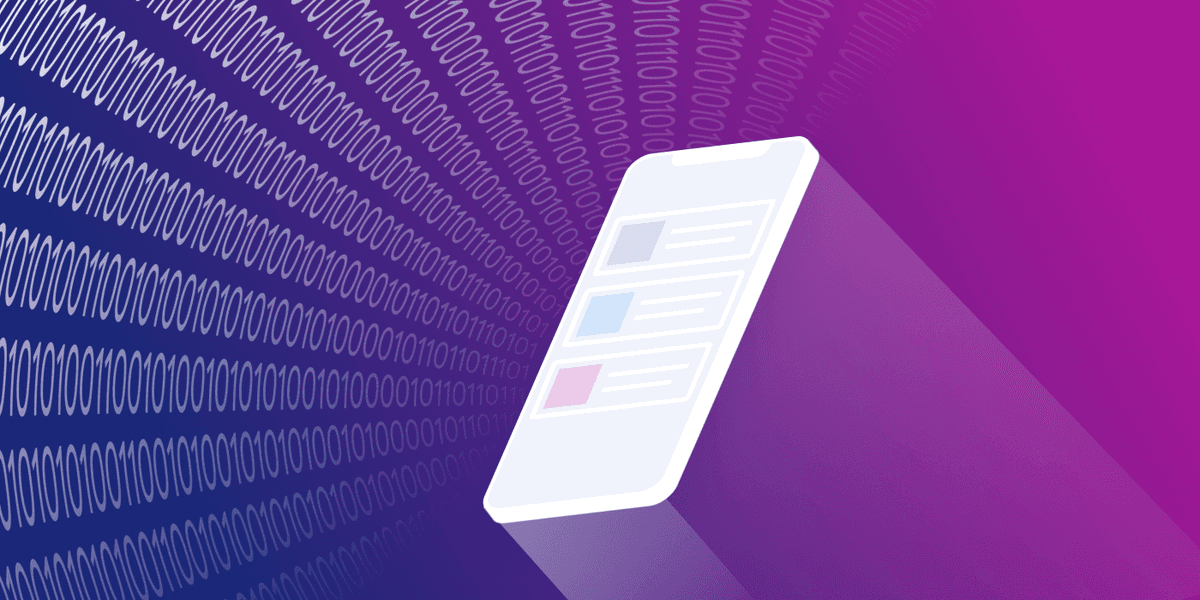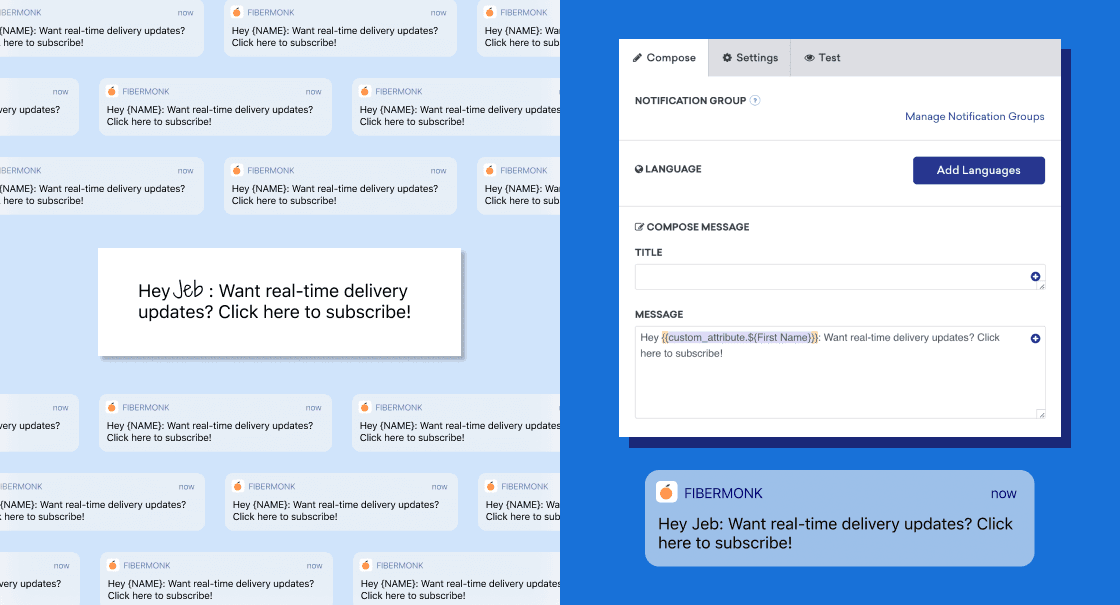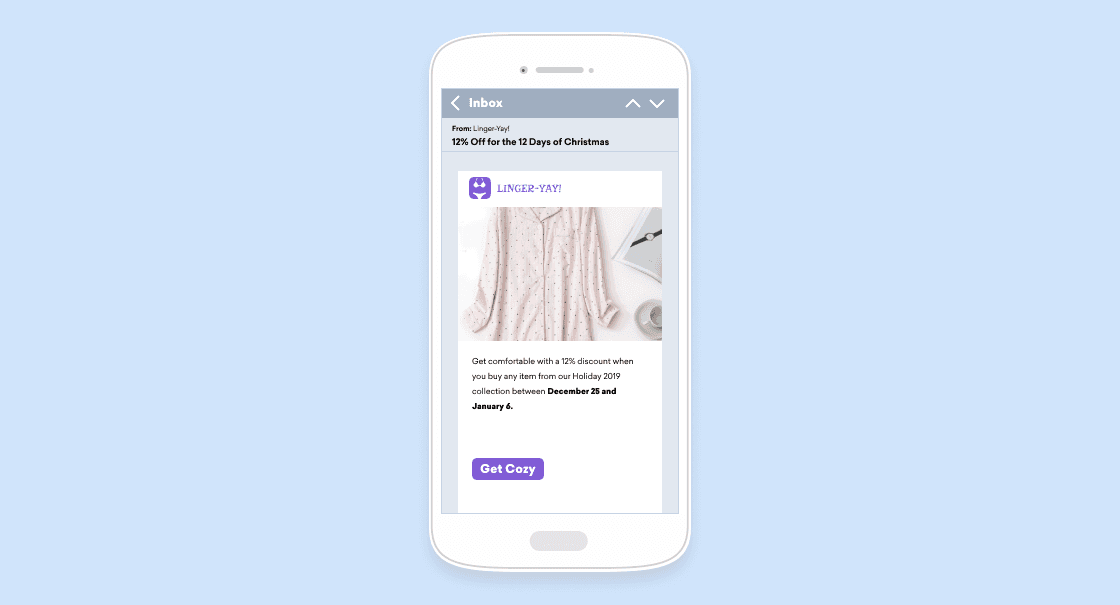Is It Really Marketing Automation Without Streaming Data?
Published on June 19, 2020/Last edited on June 19, 2020/8 min read


Todd Grennan
Content Production Principal, Content Marketing at BrazeFor modern marketing, speed is essential.
We’ve come a long way from the days when a single television commercial or a procession of roadside billboards could speak to a brand’s audience in one go. Technology has made it possible for brands to speak directly with their customers across a range of different channels—and it’s also allowed consumers to engage with the brands they love across a variety of devices and digital platforms where and when the mood strikes them.
But while most of today’s marketing, growth, and engagement teams understand the need to speak to their customers in the moment (and to do it in a thoughtful, time-sensitive manner), many of them aren’t currently set up to make that vision a reality. To reach a global customer base effectively, brands need a customer engagement platform that allows them to simplify and automate the process of sending in-the-moment campaigns using marketing automation capabilities.
If marketing automation features are the engine for effective customer engagement, an ongoing stream of meaningful, real-time customer data is the fuel that engine runs on.
Understanding the Value of Marketing Automation
Modern brands send their customers billions of emails, push notifications, and other messages, many of them individually targeted, personalized, or otherwise customized. That’s only possible thanks to modern customer engagement platforms, which use digital marketing automation tools to reduce the amount of manual work needed to carry out these essential (but time-consuming) marketing activities.

Imagine you’re a marketer looking to send a push notification personalized with customer names to a customer base of 1 million people. Without marketing automation, you’d have to go through each one of those million messages and manually put in each customer’s first name, resulting in a campaign that might not be able to go out for weeks or months. But with marketing automation, you could use personalization tools to automatically pull in each recipient’s first name and insert it into the correct part of each message—making it possible to send the campaign in a matter of minutes, rather than weeks or months.
When your brand is leveraging marketing automation capabilities effectively, it’s possible to deliver the kind of high-touch, seamless customer experiences that today’s consumer craves. From promotional messages with product recommendations based on past purchases to responsive outreach that informs when there’s been a change to an order they’ve placed, these messages don’t just add value—they make for a more thoughtful, more impactful relationship between a brand and its customers.
But none of that is possible without up-to-date data.
In-The-Moment Data: Why It Matters for Marketing Automation
Effective customer engagement is built on data—but while it’s an article of faith among marketers that data is important, lots of brands fail to gather, manage, understand, and act on the information they have available.
When brands have their data house in order, it’s possible to use the information at their disposal to customize and optimize nearly every aspect of the messaging experience—from copy and visuals to message cadence and frequency—and beyond. But, by the same token, brands that aren’t collecting the right data (or aren’t managing it effectively once they collect it) will find themselves serving up broken, frustrating experiences to their customers, no matter how hard they try to make things right.
And while data is a key resource for your marketing efforts, it’s not a timeless one. When it comes to first-party customer data, which is often the most valuable type for marketing programs, the value of that information will begin to degrade the instant that it’s collected, giving brands with the ability to quickly take action on it a major competitive advantage. After all, if a user signals that they’re interested in buying a pair of shoes (for instance, by placing that item in a digital shopping cart), a message encouraging them to finish that transaction that arrives ten minutes later is far more likely to result in a purchase than one sent a week later, when they may well have already bought shoes from another company.
If your data is current, your customer engagement platform’s marketing automation tools can use it to power all sorts of relevant experiences. On the other hand, since all the different automated processes that make up marketing automation are informed by data, you’re creating a giant, unruly robot of a marketing strategy that you may not be able to fully understand or control if that data is inaccurate or out-of-date
In-The-Moment Data Management: Batch Vs. Streaming Data
Your brand’s ability to provide timely experiences in your customer engagement efforts often comes down to the way that your systems process data. If your customer engagement technology ecosystem is built on streaming data, you’re set up for success; if, on the other hand, it leverages a batch approach, you’re likely to struggle.
What’s the difference between batch data and streaming data? This can be a difficult distinction for some marketers to grasp, in part because batch processing has been around longer and is what most markets are familiar with. Under this approach, your customer engagement platform processes data by bundling information into discrete units known as “windows.” Because these windows are processed on time-based schedules (for instance, every 24 hours) or when a given batch of data accumulated (e.g. this window is processed when it hits X amount of information), they make it possible for information to flow between systems without constant human interaction. However, they also ensure that the information that’s being shared is rarely being shared in the moment.
Data streaming is different. Instead of processing data only when a specific time or threshold is hit, data streaming engines process each unit of data individually, allowing for ongoing, in the moment flows of information across different systems. It’s the difference between a long-distance bus that waits for all the passengers to file on before leaving and a taxi stand where each car leaves based on the arrival of a new customer.
How Streaming Data Supports Effective Marketing Automation
For marketers used to a batch approach to data management, it can be hard to picture what data streaming can look like in practice. Thankfully, we happen to have an exemplar on hand—Braze!
Imagine that your brand is looking to send a big promotional campaign to customers on Black Friday to let them know about the deals that you’re offering. You could send a generic promotional message—but then you remember that 90% of today’s consumers are annoyed when they receive irrelevant messages and that personalization initiatives see 10-30% higher revenue on average. If you send a personalized promotional campaign using a customer engagement system based on batched data, you run the risk that recent changes in consumer preferences in behavior might not be reflected, leading you to pitch products that recipients may no longer be interested in.

With Braze, however, you can take advantage of the platform’s Connected Content feature, which allows brands to dynamically pull in information from first- and third-party sources to enrich or customize their outreach. With this approach, you’d automatically pull in the products that each customer has looked at most recently on your app or website, data that’s easily captured with Braze SDKs, and seamlessly insert it into each email or push notification at the instant that it’s sent. That’s a smart, more thoughtful, more relevant way to speak to your customers. And it wouldn’t be possible without a customer engagement platform based on streaming data.
This approach can result in more effective campaigns and stronger customer relationships. Braze research has found that using marketing automation tools like Liquid personalization drive a 1.7X lift in unique click rates for marketing emails, with 1.3X and 1.5X higher open rates for iOS and Android push, respectively. With streaming data and the right marketing automation tools, you can painlessly optimize your marketing campaigns and provide better customer experiences across the board.
Final Thoughts
Great marketing today depends on data, technology, and teamwork. Marketing automation tools have made it possible for brands to grow and serve massive global audiences in scalable, sustainable ways—but these tools can undermine your customer engagement efforts if the data they’re leveraged isn’t being updated in a timely, ongoing basis. By embracing streaming data, brands can support better outcomes for their marketing campaigns and their customers alike.
To learn more about how the Braze platform handles data and supports brilliant customer experiences, check out our exclusive video series exploring the modern vertical engagement stack.
Related Tags
Be Absolutely Engaging.™
Sign up for regular updates from Braze.


